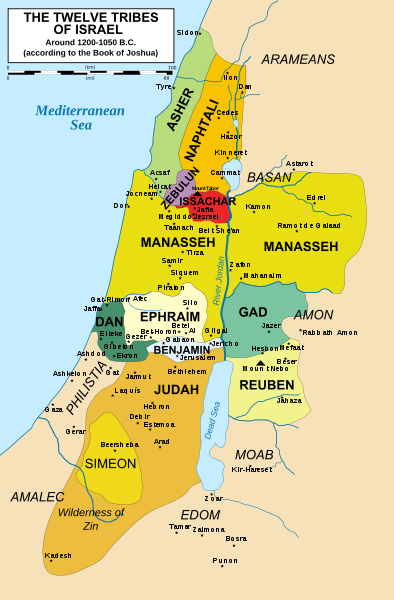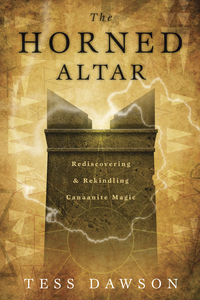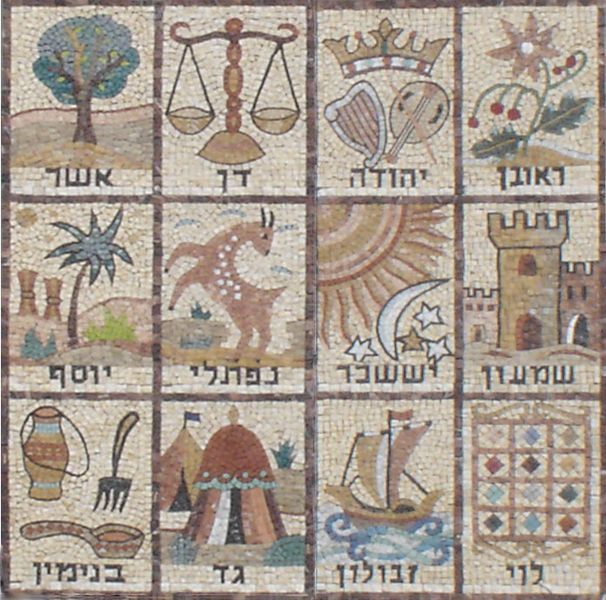The Myth and the Reality
One of the things I rarely see discussed is the fact that books—fiction and non-fiction—are products of the times in which they were written. Well, that’s not completely true. Literary criticism often discusses the milieu in which a book was written if the book is fairly recent. This is true even for books a few hundred years old. Perhaps the reason for this is that we know more about the environment of recent times than we do of ancient times.
‘Twas the Night Before Poverty…
In a few months, many of us will either be reading Dickens’ A Christmas Carol or watching one of its numerous versions being replayed on TV. The focus of the story is rightfully on the rebirth and redemption of Scrooge with the magickal assistance of ghosts, time displacement, and time travel. From a NLP perspective, Scrooge is convinced to change his ways through a combination of encouraging “moving toward” behaviors (remembering how life used to be filled with happiness) combined with the triggers of encouraging “away from” behaviors (the lonely fate that awaited him if he didn’t change). It’s a morality tale of how it is possible for a person to change set against the background of Christmas.
However, Christmas isn’t the only subplot included in the story. According to one author, Thom Hartmann, A Christmas Carol is also the description of a society without a middle class. Cratchet was one of the working poor so common in England at the time. He was expected to be grateful for having a skilled job which paid so little he had to work evenings and weekends to barely make ends meet. He faced the humiliation of having to beg for another piece of coal for the fire and he couldn’t afford medical care for Tiny Tim.
Mr. Hartmann uses this to support his political position, something which is not the subject of this post. The point I want to make is that although the story was first published about 170 years ago, we mostly ignore the underlying sociological aspects so we can simply get the narrative. And if that’s what we do for stories that are less than 200 years old, imagine what we do with ROBs (Really Old Books) from 1,000 or 2,000 years ago.
In The Beginning…
Both historians and Jews acknowledge that the Jewish Bible* is a collection of stories. In Jewish tradition, the stories were collected into the Tanach, all of the books of the Jewish Bible, under the Patriarch Ezra around 600 b.c.e. Just as Hartmann points out the subtext of politics in Dickens’ story, there is also a subtext of purpose in the Jewish Bible: to unite the Jewish people as one political and religious cultural group. Many of the stories clearly came from the stories of cultures lived in by the tribes that would unite to become the Jewish people. They were altered to reflect the needs of the Jews of the area. But through reading the Bible alone we know very little about the other cultures of the times, and what we do get is interpreted through the lens of the need of a uniting document.
Most people look at the stories collected in the Bible as a narrative. We can recall the stories of Abraham, Isaac, Moses, and the other famous characters of the Jewish Bible,* but what do we know of the actual cultures from the times the stories were written? We have two choices to learn this. We can either go outside the Bible for other records, or we can read between the lines in the Bible itself.
By focusing on the stories of individuals—the patriarchs and, to a lesser extent, the matriarchs—we get very little of the actual people and their culture. However, for this little exercise, let’s look between the lines…
The Twelve Tribes
Mosaic of the 12 Tribes of Israel.
From Givat Mordechai synagogue wall in Jerusalem.
Top [right to left]: Reuben, Judah, Dan, Asher
Middle: Simeon, Issachar, Naphtali, Joseph
Bottom: Levi, Zebulun, Gad, Benjamin
The story goes that from original parentage, there developed twelve tribes. My guess—and I admit it is only a guess—is that the concept of the original parentage (linked to the sons of Jacob via two wives and the maids of his wives) had the political purpose of saying all the people of all the tribes were equal. They all came out of Jacob. Therefore, there was no reason they could not unite. But let’s assume that was just for politics. If we look at a simple map of the area, we can see that there were twelve areas controlled by different political and religious leaders:
While these are political divisions, what often held societies together was not just a king/warlord with an army, but a common religion. I would contend it is likely that there were a dozen different cultures, each with its own religion, and the Jewish Bible is not merely a mythic recording of the unfolding of a concept of a monotheistic deity, but also the written “glue” that politically united the tribes into a single people with common rulers and a common religion.
If so, shouldn’t there be signs of the people occasionally reverting to their old ways? Indeed, there are. It seems that much of the Jewish Bible consists of the people moving away from the monotheistic approach and the religious leaders working to restore the spiritual unity of the people. It would therefore be fair to say that before the Jews became united, they were twelve Pagan cultures (with “Pagan” meaning “not part of the leading religion of the area”).
Give Me that Really Olde Time Religion…
When I was first brought into Wicca, the terms “Wicca” and “Witchcraft” were synonymous and referred exclusively to certain Celtic traditions. Since then, the definition has greatly expanded to encompass a much wider range of faiths. Some have even combined the seemingly opposite concepts of Paganism with Christianity. For example, see the book ChristoPaganism by Joyce and River Higginbotham.
Over the past several years, I’ve detected a growing interest in what might be called “Original Paganism,” an attempt to recreate what our ancestors believed and ceremonially performed so long ago. This leads to the question of what those original tribes might have believed and what their practices involved. One book that explores this is The Horned Altar by Tess Dawson.
This book looks at the religion of the Canaanites. Although cast as the bad guys in the stories of the Jews, it is highly likely that one or more of the tribes that became the Jews were busily adopting Canaanite beliefs. Why else focus on battles with them if not part of a focus on excising other religions and uniting under the Jewish religion?
If you are looking for ancient spiritual sources that link with Jewish or Christian beliefs, I would respectfully suggest investigating this book. I think you may find many ideas and concepts that “ring true” and may even sing to your heart.
*The Jewish Bible is what most Westerners, including Christians and Jews, refer to as “The Old Testament.” However, the implication of that terminology is that the Jewish Bible is somehow inferior and dated while the “New Testament” is newer, better, and replaces the Old Testament. While that is fine for most Christians, it is also demeaning to Jews who are perfectly content with their Bible and have no reason to assume it is inferior or out-of-date. Therefore, in respect of both religions and accuracy, I prefer to call the Old Testament “The Jewish Bible” and New Testament “The Christian Bible.”











Hi DMK – thanks for this post and this recommendation. It was only marred by the publication date – April next year!
May I also suggest folk may want to see the translations and textual comments in “Desert Wisdom: The Middle Eastern Tradition – from the Goddess to the Sufis” by Neil Douglas-Klotz. The book shows a continuity of theme and vision from Pagan middle eastern cultures through to early Christianity.
Thanks 🙂
One of the perks of working for Llewellyn is being able to see manuscripts before they get into print. I thought this one was important enough to interest people and I didn’t pay attention to the publication date.
HOWEVER…I’ve got good news! People can pre-order now (click on the title in the post above) and be the first ones to read it as soon as it’s printed. If you do it now you won’t forget.
Great suggestion, Don! I can’t wait to read this.
It reminds me of my studies, so many many moons ago now, of the origins of the Bible and the Judeo-Christian religions. I would suggest readers interested in this new book also look into Raphael Patai’s “The Hebrew Goddess”, Karen Armstrong’s “The History of God” and Mark Smith’s “The Early History of God: Yahweh and the Other Deities of Ancient Israel.” Actually, ANY book by Mark S. Smith is a must-read in this regard. :):):)
LVX
Aaron